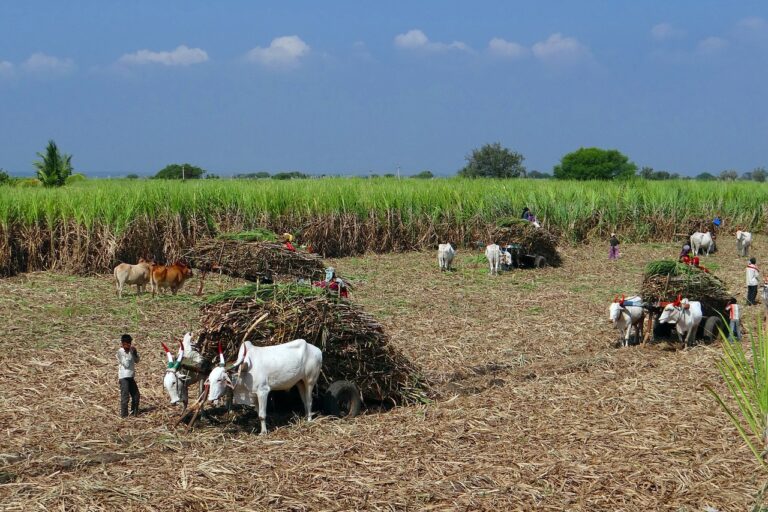Exploring the Impact of Ballot Design on Voter Participation in Rural Areas
all panel.com, cricket 99 betting app, lotus365 login:Exploring the Impact of Ballot Design on Voter Participation in Rural Areas
Are you curious about how the design of a ballot can affect voter participation in rural areas? It’s a topic that doesn’t get much attention, but it can have a significant impact on the democratic process. In this article, we’ll delve into the world of ballot design and explore how it influences voter behavior in rural communities.
The Power of Design
When it comes to voting, the design of the ballot can make a big difference in how people engage with the process. A well-designed ballot can make it easy for voters to understand their options and make informed choices. On the other hand, a poorly designed ballot can confuse voters and even lead to disengagement.
In rural areas, where access to information and resources may be limited, the design of the ballot takes on even greater importance. It’s essential that ballots are clear, easy to read, and intuitive to navigate. Otherwise, voters in rural communities may struggle to make sense of the options before them, leading to lower participation rates.
The Impact of Rural Settings
Rural communities often face unique challenges when it comes to voter participation. Limited access to transportation, fewer polling locations, and a lack of internet connectivity can all make it difficult for residents to cast their ballots. As a result, rural areas tend to have lower voter turnout rates compared to urban areas.
When you add in the potential for confusing or poorly designed ballots, the situation becomes even more dire. Voters in rural areas may already feel disenfranchised or disconnected from the political process. If they encounter a ballot that is difficult to understand or navigate, they may be even less likely to participate in elections.
The Role of Ballot Design
So, how can ballot design help to address these challenges and increase voter participation in rural areas? By focusing on simplicity, clarity, and accessibility, ballot designers can create ballots that empower voters to make informed decisions.
For example, using plain language and straightforward instructions can help voters understand the options before them. Clear layout and design elements, such as bold headings and easy-to-read fonts, can make it easier for voters to navigate the ballot. And including visual cues, such as icons or color-coding, can help to highlight important information and guide voters through the voting process.
By taking these factors into account, ballot designers can create ballots that are more user-friendly and inclusive, particularly for residents of rural communities. This, in turn, can help to boost voter participation rates and ensure that everyone has a voice in the democratic process.
Heading 1: The Impact of Ballot Design on Voter Behavior
Heading 2: Challenges of Voter Participation in Rural Areas
Heading 3: The Importance of Accessibility in Ballot Design
Heading 4: Strategies for Improving Ballot Design in Rural Settings
Heading 5: Case Studies: Successful Examples of Voter-Friendly Ballot Design
Heading 6: Looking to the Future: Innovations in Ballot Design for Rural Communities
FAQs
Q: How can ballot designers address language barriers in rural communities?
A: Ballot designers can provide translated versions of the ballot in languages commonly spoken in rural areas. Additionally, using plain and simple language can help to make the ballot more accessible to voters with limited English proficiency.
Q: What role does technology play in ballot design for rural areas?
A: Technology can be a powerful tool for improving ballot design in rural settings. For example, online ballot design tools can make it easier for election officials to create user-friendly ballots. Additionally, electronic voting systems can offer interactive features that guide voters through the voting process.
Q: Are there any regulations or guidelines for ballot design in rural areas?
A: While there are no specific regulations for ballot design in rural areas, election officials are encouraged to follow best practices and guidelines for creating accessible and user-friendly ballots. Organizations such as the Election Assistance Commission provide resources and recommendations for ballot design.
In conclusion, the design of a ballot can have a significant impact on voter participation in rural areas. By focusing on simplicity, clarity, and accessibility, ballot designers can create ballots that empower voters to make informed decisions and engage in the democratic process. By addressing the unique challenges faced by rural communities, we can ensure that everyone has an equal opportunity to have their voice heard on Election Day.






